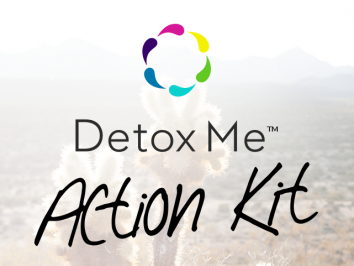What's in your body?
By analyzing people’s chemical body burden, we can uncover new exposures associated with health risks and show the power of prevention through a reduction in people’s exposures to toxics.
Biomonitoring is an effective tool for assessing people’s exposures by testing their bodies (through urine, blood, saliva, breast milk, and other biological samples) for the presence of environmental chemicals. The practice has been used for decades to document exposures, including beginning in the late 1970s when the Centers for Disease Control (CDC) tracked a decline in blood lead levels in the U.S. population following the phase-out of leaded gasoline. Today, thanks to advances in technology, we are able to measure an increasing number of chemicals in people’s bodies, and at lower levels, allowing us to observe with greater precision the health risks associated with everyday exposures.



